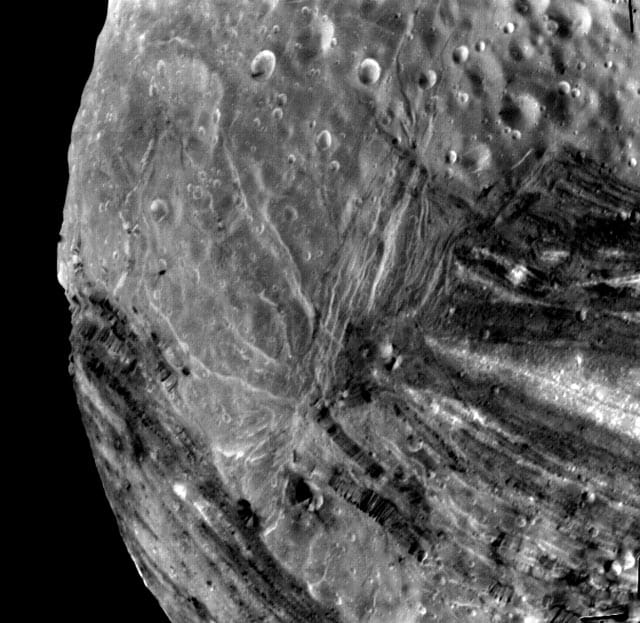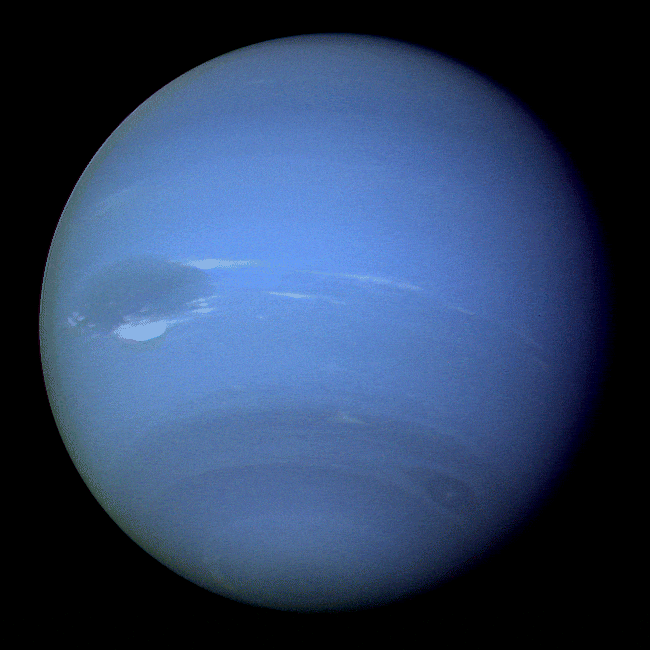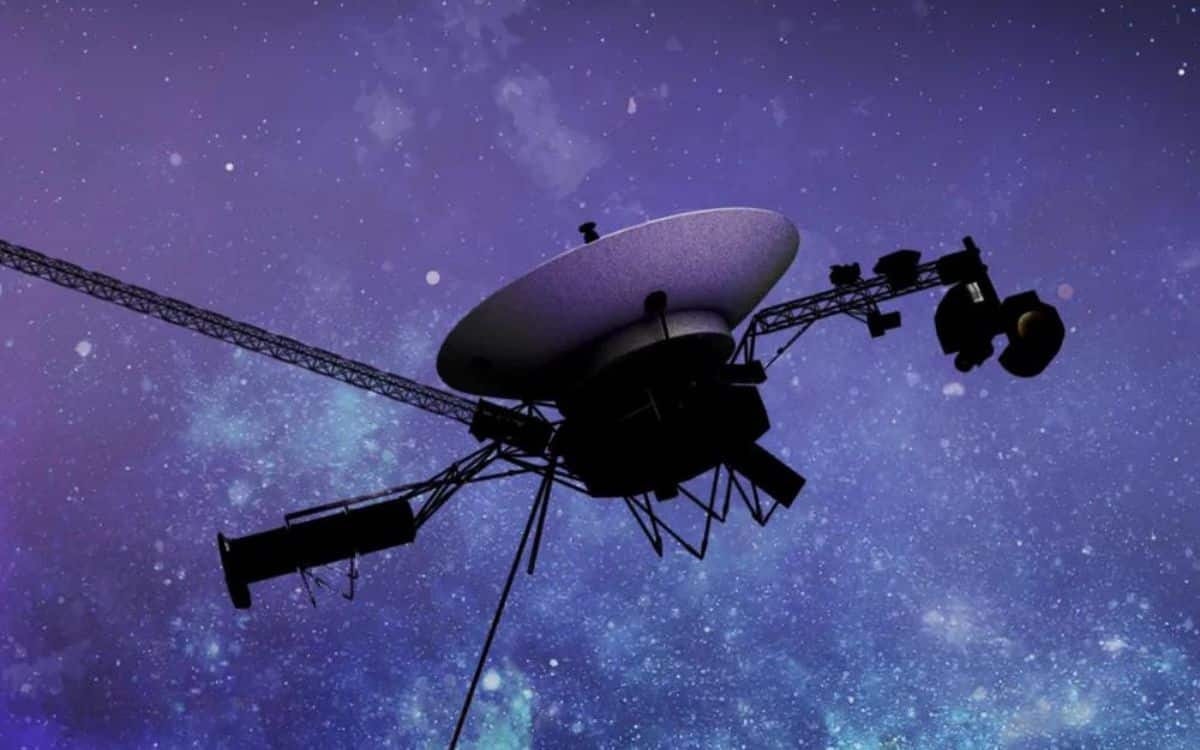NASA Voyager 1 has sent confusing messages back to earth from 15 billion miles away
- The aging NASA Voyager 1 launched in 1977
- It’s served its purpose well so far, but it is currently experiencing a glitch
- This glitch is causing it to send random messages to Earth from 15 billion miles away
Published on Dec 18, 2023 at 8:42 PM (UTC+4)
by Amelia Jean Hershman-Jones
Last updated on Dec 20, 2023 at 6:04 PM (UTC+4)
Edited by
Alessandro Renesis
The aging NASA Voyager 1 is sending random messages back to Earth from its location 15 billion miles away.
But don’t worry – it’s probably not little green men trying to reach out to us.
The gibberish messages consisting of ones and zeros are thought to be a glitch.
READ MORE! Discovery from space shows how the pyramids were built
The spacecraft is communicating to us from interstellar space.
The glitch was announced by NASA this week amid a flurry of excitement about space exploration in 2024 – including the US returning to the moon.
While the glitching spacecraft can receive and execute commands sent to the the agency, it’s unable to transmit back intelligible data via messages on science or engineering.
The NASA Voyager 1 team investigated the matter.
They came to the conclusion that the issues stem from one of its computers, called the flight data system (FDS).
It has three computers aboard in total.
Engineers tried to restart the FDS earlier this month in an IT-department-approved method of resolving the issue.
However the agency still isn’t receiving usable data.
Alongside its twin spacecraft, NASA Voyager 2, NASA Voyager 1 is the agency’s longest mission to date.
The probes are the only ever to reach and explore the far reaches of interstellar space – that’s the expanse between star systems to the uninitiated.

The pair initially launched to study Jupiter and Saturn on a five-year mission – much longer than people have ever stayed in space because of its toll on the body.
However, a series of discoveries – which include active volcanoes on Jupiter’s moon Io – the mission was extended.
In case they do find any Grays, both spacecraft have a ‘golden record’ aboard.
The 12-inch, gold-plated and copper disk contains sounds and images that explain and represent humankind for beings who have never encountered us.
With only 69.63 kilobytes of memory aboard – roughly enough to store an average jpeg file – the tech aboard is seriously outdated.

To make way for new discoveries, every observation must be deleted once sent to Earth to save disk space.
“The Voyager computers have less memory than the key fob that opens your car door,” Linda Spilker, a planetary scientist who worked on NASA Voyager 1 and 2 back in 1977, said to Scientific American.
However it’s this simple, yet hardy technology that’s allowed the spacecrafts to keep going as long as they have.
During Summer 2023, human error caused Voyager 2’s antenna to tilt two degrees.
Tilting away from Earth, it caused the craft to temporarily lose contact with researchers.

However it made contact again just over a week later.
A little further back in its history in 2022, there was an issue in the attitude articulation and control system (AACS) of Voyager 1.
This caused it to send “”garbled information about its health and activities to mission controllers, despite operating normally,” NASA said.
Engineers were fortunately able to resolve the issue.
Voyager 1 is currently 15 billion miles from Earth.

Its sister craft, Voyager 2, is over 12.6 billion miles away (much further away than Elon Musk’s Tesla).
Commands from mission controllers take 22.5 hours to reach Voyager 1 because of the distance.
NASA believes it could take several weeks to develop a plan to fix the ongoing FDS problem.
NASA released a statement on the issue of the garbled messages.
“Finding solutions to challenges the probes encounter often entails consulting original, decades-old documents written by engineers who didn’t anticipate the issues that are arising today,” they said.

“As a result, it takes time for the team to understand how a new command will affect the spacecraft’s operations in order to avoid unintended consequences.”
Calla Cofield, a media relations specialist at NASA’s Jet Propulsion Laboratory, which manages the mission, told CNN:
“While the engineering team is working hard to keep them alive, we also fully expect issues to arise.”
DISCOVER SBX CARS: The global premium car auction platform powered by Supercar Blondie

London-based Amelia cut her journalistic teeth covering all things lifestyle, wellness, and luxury in the UK capital. Fast-forward a decade and the senior content writer and editor has put pen to paper for glossy magazines, busy newsrooms, and coveted brands. When her OOO is on from writing about cars and heading up on-site SEO you can find her spending quality time with her young family, in the gym, or exploring the city she loves.





